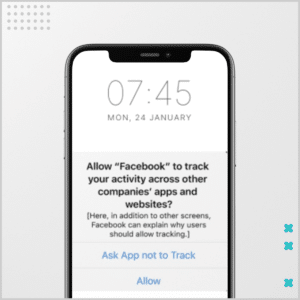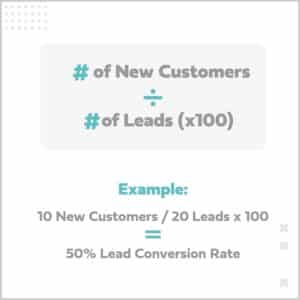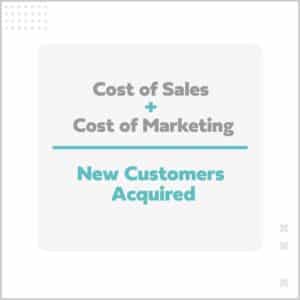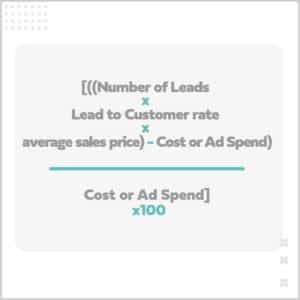People looking for law firms usually need help, and when it comes to high-stakes purchases like signing with a firm for legal services, prospects typically take their time to do their research. Why? Long gone are the days when consumers seek out the cheapest option. Your best bet is to be seen as the best in the business!
Now, if we flip the coin and look at things from law firms’ point of view, many have a challenging time getting their services in front of prospects in the highly competitive market they are in. But these challenges can bring even more significant opportunities. This is where marketing comes in.
Marketing allows you to cut through the noise and positions you right in front of the people that need you. SEO (search engine optimization) and PPC (pay-per-click), while both very different, have quite a bit to bring to the table. They both ultimately help boost your lead generation, but the methods differ. The first focuses on organic ranking, the latter on paying to advertise. Here’s a scenario that’ll help paint the picture more clearly:
Let’s say you want to start running, but you’re unsure whether you should go for long-distance or short-distance. If you were to ask someone with experience in running which one might best fit you, they’ll probably answer – it depends.
- Do you want to focus on starting out at a steady pace? Do you want to build slow-twitch muscle? Then long distance is best.
- Do you want to focus on sprinting? Do you want to build slow-twitch muscle? Then short distance is best.
The same goes for SEO and PPC. Read ahead to find out whether your firm should invest in either (or even both!). We’ll help you digest this information by explaining how they work and scale the pros and cons of each.
SEO: Quality-focused long-term investment

Being found online = more business. SEO’s purpose is to increase your inbound traffic by creating quality content for your audience, which will boost your site’s ranking in search engines like Google. However, ranking is competitive, and the ones on top of page 1 get the biggest slices of the pie. The first page alone gets around 67.60% of the clicks. After that, traffic decreases by a lot, only 0.78% of Google clicks occur here.
Here’s a visual representation of the organic SEO rankings for “Law Firm SEO”:

In layman’s terms, how does SEO work?
The main goal is to rank your firm’s website in search engines. In this case, we’ll focus on Google since it has the most significant market share. For Google to find your firm and rank it as relevant, there are around 200 ranking factors to consider, e.g., page loading speed, quality of the content, etc.
Pros and Cons of SEO
Before jumping into action, let’s look at the two sides of the same coin.
Pros:
- It’s cheaper than PPC because it focuses on organic marketing.
- Although SEO fluctuates and is highly competitive, expect FREE traffic once you hit that sweet spot and find yourself ranking.
- Supports your other content marketing efforts like the text, images, and videos.
- Gives you a competitive advantage.
- Places you as a leader by creating quality content that best connects with your audience. For instance, FAQs posts.
Cons:
- The algorithm changes constantly. However, this allows your company to align its marketing strategy with new market trends and thus attract more customers.
- It takes time to rank organically (BUT it’s worth it!)
- Although firms could opt for the DIY approach, SEO is technical. This is why it’s best to hire legal marketing SEO specialists that’ll get the job done (plus, you’ll definitely save yourself some headaches!)
PPC: Quantity-focused short-term investment

PPC is competitive yet crucial because of its placement. You’ll have a spot over the organic listings if you’re paying for Google Ads and going through the bidding process.
Besides the bidding process, there’s the most critical aspect of it all: clients. There are people with more urgency for legal services; others aren’t. The latter is perhaps just starting their research, or they’re in the limbo between picking your firm and another. With PPC, you can meet your clients wherever they are by showing up when they’re already searching for help.
You can opt for a DIY approach and pay for ad placement, but PPC should be constant. That is if you want to reel in the most (and perhaps the biggest) fishes in. For this reason, the best bet you can make to ensure your marketing dollars are well-invested and get you the most ROI is to leave this type of work to a team of legal marketing experts focused on delivering the results you need.
Here’s a visual representation of PPC for “Law Firm SEO”:

In layman’s terms, how does PPC work?
For PPC, the amount of money that you pay depends on the competition that is taking place for that keyword and location. You can also place an ad pretty much anywhere. You could even buy space on someone else’s website and increase your exposure there. But, the most common method is through Google.
In parallel to SEO, PPC requires extensive research. The cost-per-click (CPC) can change according to your firm’s website, ad placement, keywords, competition, and many other factors.
Pros and Cons of PPC
First, let’s look at the two sides of the same coin.
Pros:
- Quick results.
- Works great for time-sensitive offers, e.g., discounts and special offers.
- Appears on top of organic listings.
- It allows you to pinpoint the audiences that you need, and vice versa, the audiences that need you.
- You can test your campaigns before launching them (A/B testing)
- You can measure its effectiveness.
- It’s immune from search engine updates.
Cons:
- PPC ads can be expensive, but the return on investment will cover this cost if everything goes as planned.
- It’s not focused on longevity.
- Effective campaigns require an expert looking into budget, ads, landing pages, optimization, and more. But you can always partner up with marketing experts to help you!
The combined forces your firm needs to stay booked and busy

SEO and PPC require putting in the work because they’re constantly evolving. But, at the end of the day, the best strategy for your law firm will depend a lot on your budgeting and goal strategy. Do you want a long and steady growth? Or do you want to grow the numbers quickly?
The truth is that both should matter to your business to increase in quantity and quality. You can reach prospective clients instantly while cultivating trust and credibility.
With all that said, navigating these waters might be tricky – but not impossible. We understand you need bottom-line results, and we can help you achieve that. Let’s cook a recipe for success together.
The post PPC vs. SEO: Which is better for my firm? appeared first on Consultwebs.
from Consultwebs https://www.consultwebs.com/blog/ppc-vs-seo-which-is-better
via https://www.consultwebs.com




















